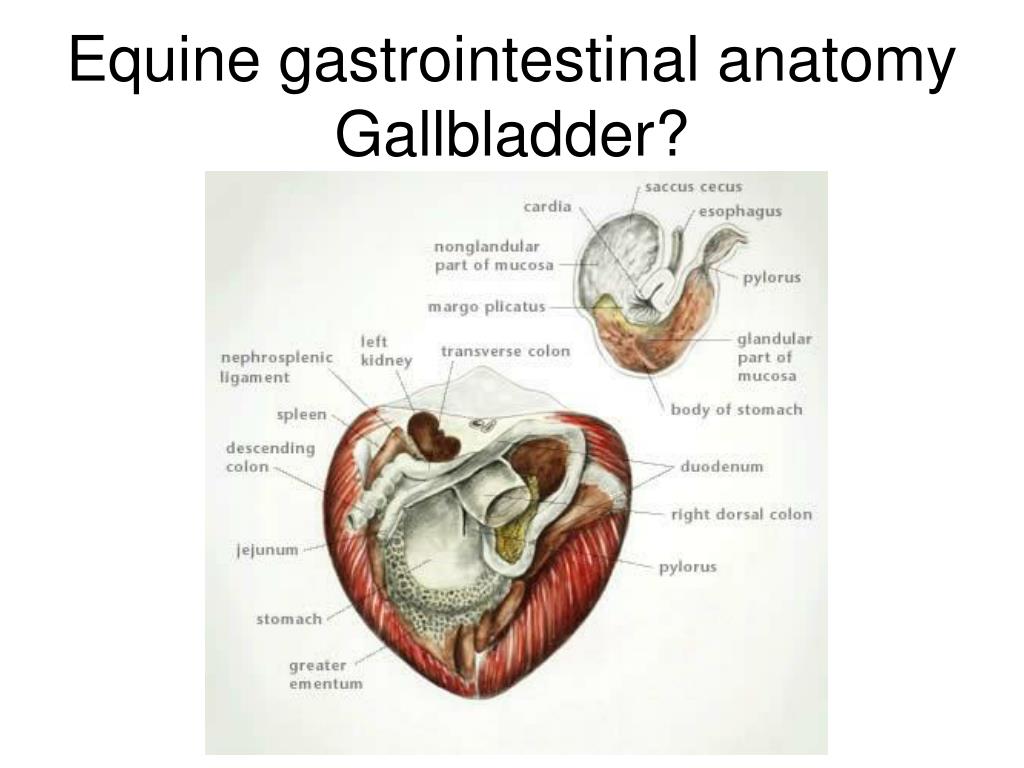
Moderate signs include more persistent rolling with the ability to be distracted the horse remains standing when walked.Mild colic signs include intermittent flank staring, kicking at the abdomen, inappetence, lying down, and occasional rolling.Signs of pain that can be classified as mild, moderate, or severe:.Abrasions to the head, limbs, and tuber coxae which are generally an indication of severe pain.General attitude (ie, bright, alert, responsive vs dull).Therefore, several observations should be made during the initial approach, allowing the veterinarian time to gain important information regarding the colic diagnosis and severity 1: Owners may misinterpret clinical signs and the clinical condition may change rapidly. Reproductive history should be ascertained for mares.Recent change in feeding, stabling, exercise, or travel.Water source (unheated water sources may freeze in winter, predisposing horses to colic).Feeding regimen, as particular feeds (eg, high-grain diets) may be associated with colic.Previous colic or colic surgery (frequency of or previous colic and surgical history may help identify the cause).Information to acquire from the caregiver includes: For example, a strangulating pedunculated lipoma should be high on the differential list for older horses, while newborn foals may suffer from meconium impaction.īecause it is common for horses to change owners, determining the duration of ownership is important. Courtesy of Colorado State University.Īn accurate history is important when evaluating the horses with colic, 1 and differential diagnoses will vary based on the age, gender, and breed of the horse. The specific signs associated with colic include pawing at the ground, flank watching, kicking at their abdomen, stretching, and rolling. 2 Fewer than 5% of horses with colic require surgical treatment.įigure 1. In one study, 75% of horses with colic recovered with either no treatment or a single dose of an analgesic. Gas (ie, idiopathic) colic is very common and diagnosed based on a rapid response to analgesia. 1 The majority of horses with colic recover with minimal to no treatment.

The first step in assessing the patient is to confirm that the signs are consistent with colic and that there is not another disease process. Signs of recumbency and inappetence may also be observed, but these are nonspecific to colic. GI problems are the most common cause of colic however, other abdominal organs can be a source of colic (eg, uterine torsion in pregnant mares). Colic refers to signs associated with abdominal pain: pawing the ground, flank watching, kicking at the abdomen, stretching, and rolling ( Figure 1).

It is known to be the deadliest condition of horses. Colic is the most common reason that horses require emergency veterinarian care.


 0 kommentar(er)
0 kommentar(er)
